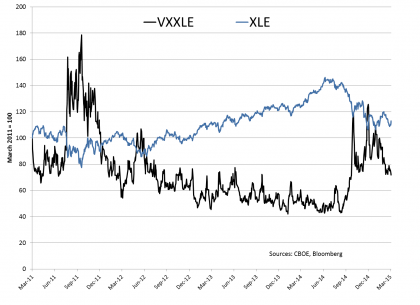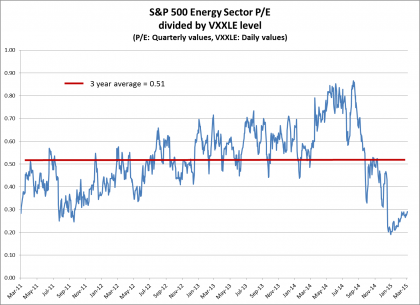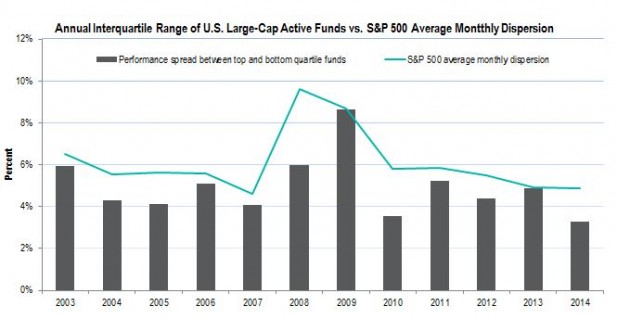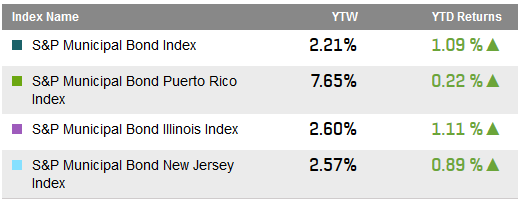Oil price shocks and a revisit of deflationary concerns in Europe are just some of the “gifts” the New Year has brought in 2015 to increase volatility in global financial markets. The concern for financial advisors is that loss of invested capital may come with volatility if there is a need or a client decision to sell. For those U.S.-based financial advisors already skeptical about the strength and stamina of the U.S. equity bull market, some now perceive a fork in the road. They can continue down the path of diversification, or they can explore a path of adopting more proactive and potentially more costly risk management as a means of preventing loss.
Whether a financial advisor needs to do more than adequately diversify client portfolios is a subject of debate within the advisor community. At the emotional heart of the debate is the question, “How much can your clients bear to lose?”
Some financial advisors have a “memory” from the last recession that diversification, or asset allocation failed. How strong that memory of failure is may depend on how heavily their portfolio was tilted to U.S. large-cap equities or other risky assets during the time of the recession. Citing data and analysis from Sam Stovall, U.S. Equity Strategist at S&P Capital IQ:
The Bear Market Price percentage decline of the S&P 500® in 2007-2009 was much worse than average at -57% (Sam found the average price decline of the S&P 500 during Bear Markets to be -38%, going back to September 1929)
- Every sector of the S&P 500 experienced a decline in 2007-2009
- Isolating 2008, nearly all asset classes experienced declines; with the Barclay’s Aggregate (+5.2%) and Long Treasuries (+24.0%) being two notable exceptions
Importantly, and seemingly in contrast to a view that diversification “failed,” Sam found that a 60/40 portfolio (S&P 500/Long Term Treasury Bonds) returned -12.6% over this same period of time in 2007-2009. While this piece of Sam’s data and analysis is from a very thorough presentation, Sam has said that “…maybe it is our memory that failed us and not diversification.” Or it could be that even a loss of 12.6% is too much loss for some financial advisors.
Regardless of perceptions of the success or failure of diversification, some asset managers and advisors who are portfolio managers take the view that diversification may not be sufficient for their clients’ needs to prevent loss of capital in times like the recession of 2007-2009. I recently asked Jerry Miccolis, Principal and Chief Investment Officer of Giralda Advisors to discuss asset allocation and portfolio risk management and his analysis, testing, and modeling of a number of index benchmarks based on S&P DJI and CBOE indices. I invite you to read our entire interview with him. For those short on time, Jerry told me that diversification is not sufficient for his clients’ needs because it will not guarantee “…sufficient risk management in times of severe market stress.” Jerry points out that during such times, it is possible for correlations among asset classes to rise and that the Great Recession provided a recent example of that.
Financial advisors and the asset managers who serve them can’t tell precisely when the next Great Recession will come. They have to decide in advance whether asset allocation is sufficient or whether they will follow a path of more aggressive risk management. Since proactive risk management comes at a cost, a tool which might help financial advisors to determine the value of risk management beyond diversification is appropriate benchmarks for risk-managed portfolios.
The posts on this blog are opinions, not advice. Please read our Disclaimers.









